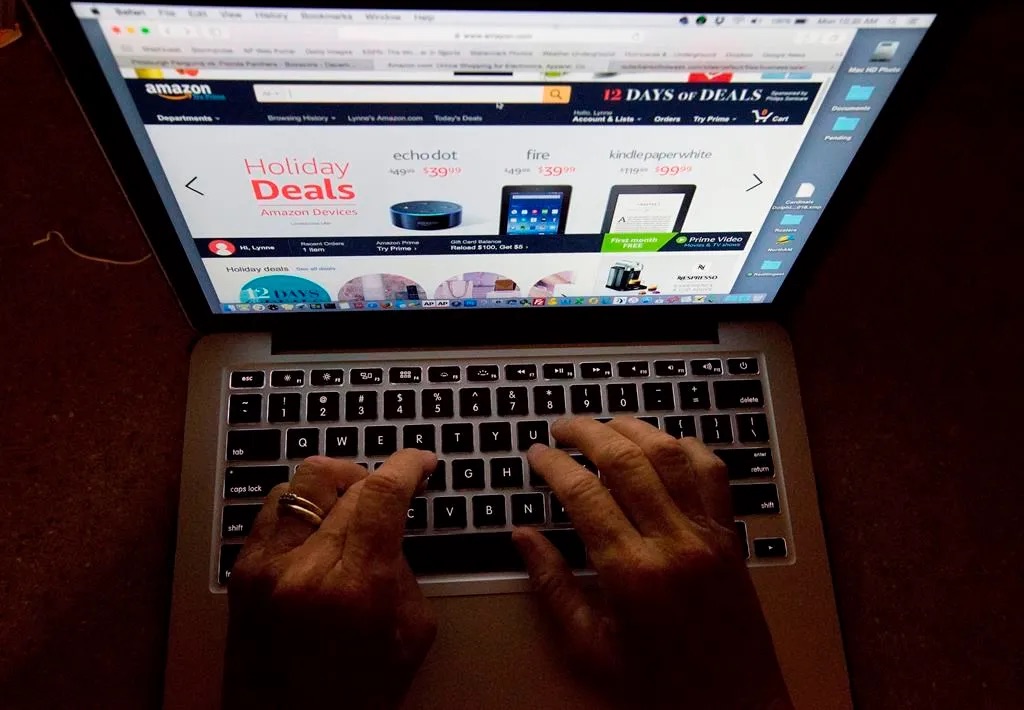In the ever-evolving world of global commerce, few brands capture the imagination and loyalty of consumers like Nike. But even giants can stumble—especially when geopolitical tremors ripple through their supply chains. As the calendar flipped into April 2025, Nike found itself at the epicenter of a financial quake set off by policy shifts and market realities. Here’s how the story unfolded.
It began with an unexpected jolt from Washington. On April 2, the U.S. administration announced sweeping new tariffs on Vietnamese imports, levying a staggering 46% duty on goods—a move aimed at recalibrating trade balances. For Nike, the impact was immediate and severe. With half of its global footwear production anchored in Vietnam, the company’s vulnerability was laid bare. Investors reacted swiftly. In after-hours trading, Nike’s stock plummeted 6.4%, echoing the shockwaves felt across Asian markets. Shenzhou International, a key manufacturing partner, saw its shares nosedive 18% in Hong Kong—a stark reminder of how interconnected the global supply web truly is.
While the tariff tremors were still reverberating, Nike’s financial disclosures added more fuel to the fire. The company’s Q3 2025 earnings report painted a sobering picture. Revenue fell to $11.27 billion, marking a 9% year-over-year decline. Even more concerning was the 32% drop in net income, which slid to $794 million. Regional performance told its own tale of struggle: Greater China, once a growth engine, reported a 17% contraction, while Europe and the Middle East saw a 10% dip. Even the iconic Jordan Brand wasn’t immune, with sales slipping in a challenging retail landscape.
Wall Street’s response was a mix of concern and cautious optimism. Analysts recalibrated their models, estimating that the new tariffs could shave $1.69 off Nike’s earnings per share. Yet, amid the gloom, some found silver linings. If Nike could pivot its supply chain—diversifying away from Vietnam and streamlining costs—there was potential for a rebound. Price targets suggested a 44% to 77% upside, hinging on the brand’s agility and resilience in navigating this new terrain.
But the warning signs had been flashing even before April. March had already been a turbulent month for the Swoosh. Consumer demand showed signs of fatigue, and Nike responded by aggressively liquidating excess inventory. The result? A 20% decline in stock value over the month, dragging the price-to-earnings ratio down to 21.4—the lowest valuation Nike had seen in a decade. For long-term investors, it was a moment of reckoning: Was this a temporary setback or a sign of deeper structural challenges?
As the dust settles, Nike stands at a crossroads. The brand’s legacy of innovation and cultural relevance remains strong, but the road ahead is fraught with uncertainty. With tariffs reshaping cost structures, earnings under pressure, and global demand in flux, the coming quarters will test the mettle of one of the world’s most iconic companies. Only time will tell if Nike can just do it—again.









